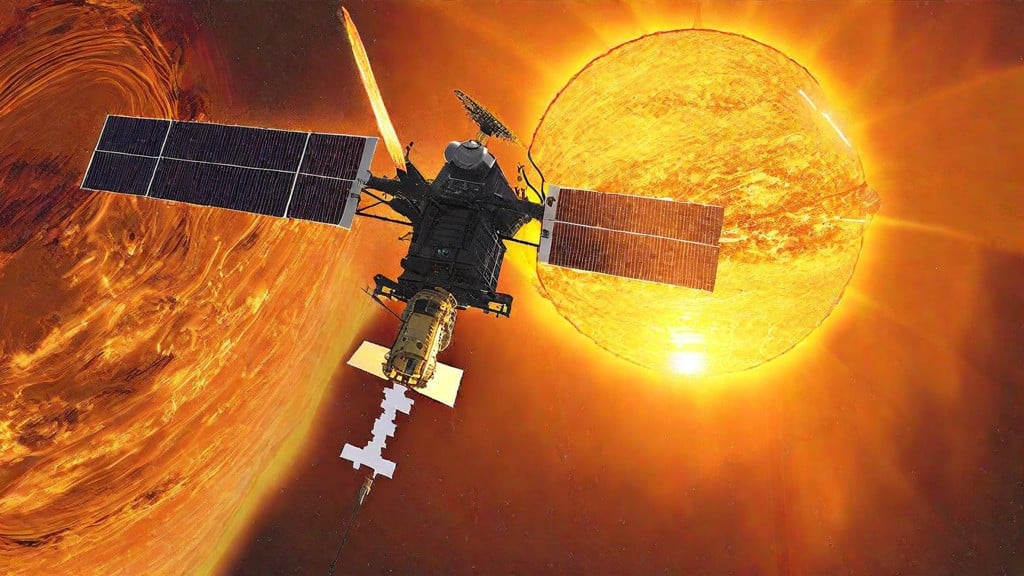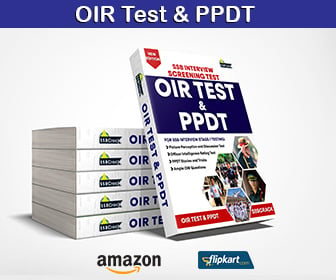Aditya-L1 SSB Interview Questions: In recent years, India has made significant strides in the field of space exploration. One of the most ambitious endeavors is the Aditya-L1 mission, a planned solar observatory that aims to answer some of the pressing questions about our Sun. The mission is designed and developed by the Indian Space Research Organisation (ISRO) along with various other Indian research institutes. Here, we delve into the specifics of this mission, its objectives, and why it holds such importance for solar physics and heliophysics.
Aditya-L1 Overview
Aditya-L1 is the first Indian mission solely dedicated to observing the Sun. It is scheduled to launch on September 2, 2023, aboard a PSLV-XL launch vehicle. The spacecraft will be placed in a halo orbit around the L1 Lagrange point, which lies about 1.5 million km from Earth, between our planet and the Sun.
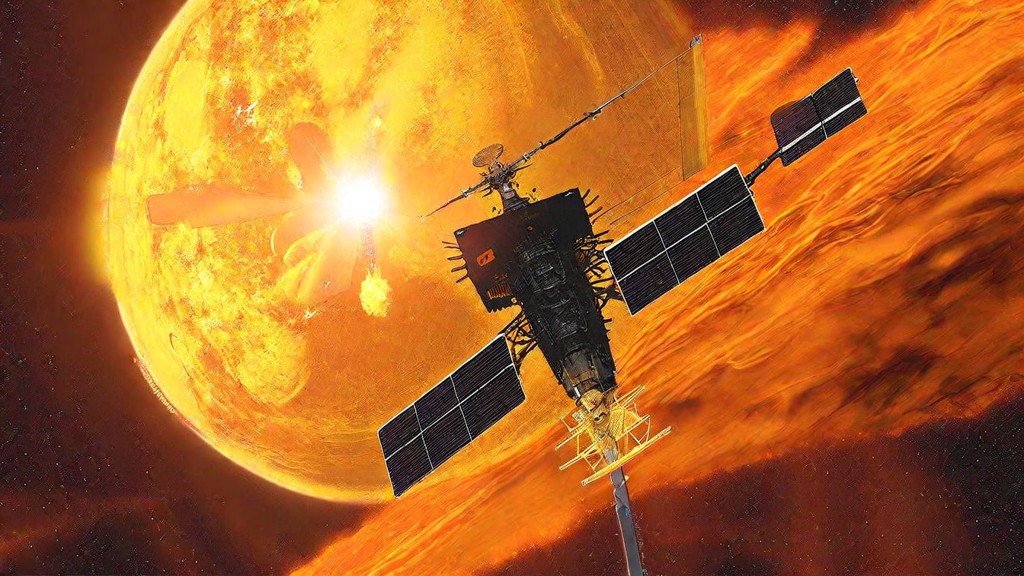
Aditya-L1 Mission Objectives
The mission’s primary scientific objectives are multi-faceted:
- Study of the solar upper atmosphere (chromosphere and corona) dynamics.
- Study of chromospheric and coronal heating mechanisms.
- In-situ particle and plasma data collection to study solar particle dynamics.
- Physics of solar corona and its heating mechanism.
- Understanding the development, dynamics, and origins of Coronal Mass Ejections (CMEs).
- Magnetic field topology and its measurements in the solar corona.
- Drivers for space weather, including the origin, composition, and dynamics of solar wind.
These objectives aim to improve our understanding of solar phenomena and their effects on Earth’s environment, including space weather.
Aditya-L1 A Historic Perspective
Aditya was initially conceptualized in January 2008 with a more modest scope: it was to be a 400 kg, low Earth orbit (LEO) satellite equipped with a coronagraph to study the solar corona. However, the mission was later expanded in scope and budget to become Aditya-L1. The current allocated cost is ₹378.53 crore, excluding launch costs.
Aditya-L1 Journey and Deployment
After its launch, the spacecraft will take around 109 Earth days to reach its designated halo orbit around the L1 Lagrange point. The 1,500 kg satellite will carry seven science payloads with diverse objectives, aiming to provide a comprehensive understanding of solar dynamics and phenomena, including coronal heating, solar wind acceleration, and magnetic storms.
Aditya-L1 Instruments Onboard
Aditya-L1 will carry a suite of seven instruments, including:
- Visible Emission Line Coronagraph (VELC): To study diagnostic parameters of solar corona and magnetic field measurements.
- Solar Ultraviolet Imaging Telescope (SUIT): Will observe the Sun in a 200-400 nm wavelength range, which has never been observed from space before.
- Aditya Solar wind Particle Experiment (ASPEX): To study solar wind variations.
- Plasma Analyser Package for Aditya (PAPA): To understand solar wind composition.
- Solar Low Energy X-ray Spectrometer (SoLEXS): To study coronal heating.
- High Energy L1 Orbiting X-ray Spectrometer (HEL1OS): To observe dynamic events in the solar corona.
- Magnetometer: To measure interplanetary magnetic fields.
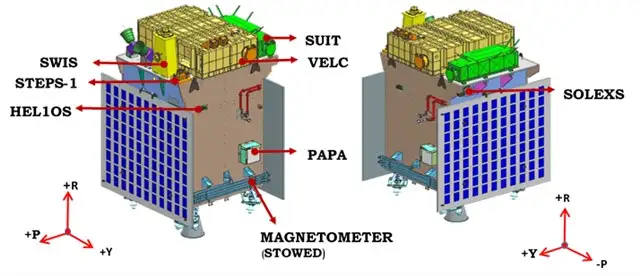
Why Aditya-L1 Matters
One of the major unsolved mysteries in solar physics is the vast temperature difference between the Sun’s upper and lower atmospheres. The upper atmosphere or corona is 1,000,000 K hot, whereas the lower atmosphere or photosphere is only 6,000 K. Aditya-L1 aims to address this mystery and provide insights into how the Sun’s energy is channeled between different layers. Additionally, the mission will also explore how solar radiation affects Earth’s climate and atmospheric dynamics.
Aditya-L1 SSB Interview Questions can be asked in upcoming SSB Interview, candidates who are going to appear for SSB Interview must go through the questions related to Aditya-L1.
Also Read: Chandrayaan-3 SSB Interview Questions
Aditya-L1 SSB Interview Questions
Question 1: Who is developing the Aditya-L1 spacecraft?
A. NASA
B. ESA
C. ISRO
D. CNSA
Correct Answer: C. ISRO
Explanation: The Aditya-L1 spacecraft is being developed by the Indian Space Research Organisation (ISRO) and various other Indian research institutes.
Question 2: What is the primary objective of the Aditya-L1 mission?
A. To study lunar surface
B. To study Mars atmosphere
C. To study the solar atmosphere
D. To study Earth’s climate
Correct Answer: C. To study the solar atmosphere
Explanation: The primary objective of the Aditya-L1 mission is to study the solar atmosphere, solar magnetic storms and their impact on the environment around Earth.
Question 3: What type of launch vehicle will be used to launch Aditya-L1?
A. Falcon 9
B. Soyuz
C. PSLV-XL
D. Atlas V
Correct Answer: C. PSLV-XL
Explanation: Aditya-L1 is scheduled to be launched aboard a PSLV-XL launch vehicle.
Question 4: At which point will Aditya-L1 be inserted to orbit?
A. L1 Lagrange point
B. Low Earth Orbit
C. Geostationary Orbit
D. Moon’s orbit
Correct Answer: A. L1 Lagrange point
Explanation: Aditya-L1 will be inserted about 1.5 million km from Earth in a halo orbit around the L1 Lagrange point between the Earth and the Sun.
Question 5: What was the original name of the Aditya-L1 mission?
A. Solar-L1
B. Aditya
C. Surya
D. Sol-Ind
Correct Answer: B. Aditya
Explanation: The mission was originally conceptualized as “Aditya” and was later renamed to “Aditya-L1”.
Question 6: Which instrument will study the variation and properties of the solar wind?
A. VELC
B. SUIT
C. ASPEX
D. PAPA
Correct Answer: C. ASPEX
Explanation: The Aditya Solar wind Particle Experiment (ASPEX) will study the variation and properties of the solar wind.
Question 7: How many Earth days will it take for Aditya-L1 to reach its orbit after launch?
A. 50 days
B. 109 days
C. 200 days
D. 365 days
Correct Answer: B. 109 days
Explanation: The Aditya-L1 mission will take around 109 Earth days after launch to reach the halo orbit around the L1 point.
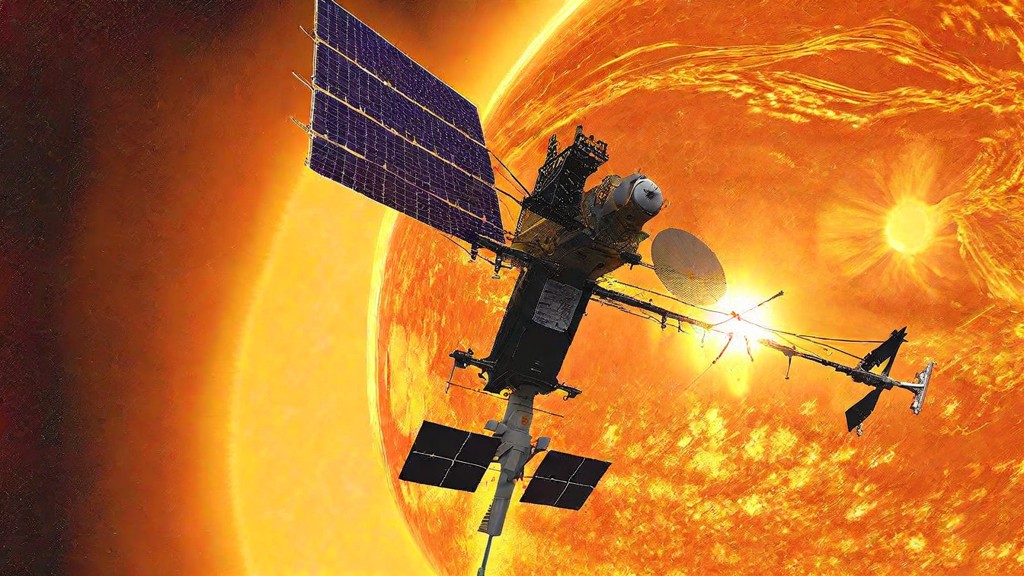
Conclusion
The Aditya-L1 mission is a crucial step in India’s space program and holds the promise of groundbreaking discoveries in the field of solar physics. By studying the Sun more closely, we not only deepen our understanding of our closest star but also learn more about its impact on Earth, thereby contributing to the betterment of space weather forecasting and understanding the celestial phenomena that affect our planet.
With the launch date approaching, the scientific community and space enthusiasts are eagerly waiting to see what secrets Aditya-L1 will uncover, firmly placing India on the map of pioneering solar research.

